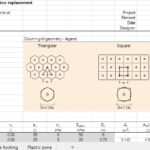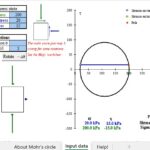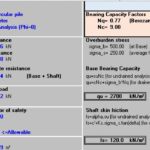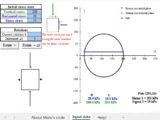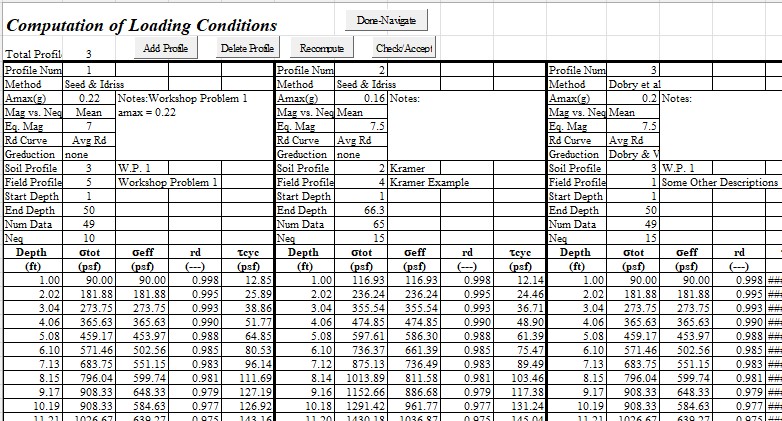
Soil Liquefaction Evaluation Spreadsheet
2 February 2025Table of Contents
Soil Liquefaction Evaluation Spreadsheet
Introduction to Soil Liquefaction
Soil liquefaction is a phenomenon that occurs when saturated soil loses its strength and stiffness due to seismic activity, such as earthquakes. This process happens when cyclic stresses from ground shaking cause the water pressure in the soil to increase, reducing the effective stress and making the soil behave like a liquid. Liquefaction can lead to significant structural damage, including building settlements, foundation failures, and even complete collapse.
Civil engineers and geotechnical experts must assess the risk of soil liquefaction in any seismic-prone area to ensure the safety and stability of structures. One of the most effective ways to evaluate potential liquefaction zones is by using the Liquefaction Evaluation Spreadsheet. This tool compares induced cyclic shear stresses with the cyclic strength of the soil, helping engineers identify areas prone to liquefaction.
How to Use the Liquefaction Evaluation Spreadsheet
The Liquefaction Evaluation Spreadsheet follows a well-defined methodology to determine possible liquefaction zones in a soil profile. It involves two key calculations:
1. Compute the Equivalent Cyclic Shear Stress Induced by an Earthquake
The first step in evaluating liquefaction is determining the cyclic shear stress exerted by an earthquake at different depths within the soil profile. The spreadsheet estimates these stresses using:
- Earthquake magnitude
- Depth of the soil deposit
One of the simplest methods for computing induced stresses is based on the approach developed by Seed and Idriss (1971). This approach estimates earthquake-induced shear stresses using empirical relationships and field data. Other available methods include field correlations from site-specific earthquake data and more advanced 1-D wave propagation analysis using computational tools like Shake and MocEQ1.
2. Compute the Cyclic Shear Strength of the Soil Profile
The next step is assessing the cyclic shear strength of the soil at various depths. This value is crucial in determining whether the soil can resist liquefaction under cyclic loading. The spreadsheet computes cyclic strength using:
- Standard Penetration Test (SPT) Blow Count – This is the most commonly used method, as it provides a reliable correlation between cyclic strength and soil resistance.
- Cone Penetration Test (CPT) Data – CPT is an alternative technique that offers precise soil profiling and strength evaluation.
- Laboratory Data – Direct testing of soil samples provides accurate measurements of cyclic strength.
- Other Measures of Soil Cyclic Strength – Engineers can incorporate additional site-specific data to improve accuracy.
Interpreting the Results
Once both induced cyclic shear stress and cyclic shear strength are computed, the spreadsheet identifies potential liquefaction zones. If the induced stress exceeds the cyclic strength, liquefaction is likely to occur in that section of the soil profile. The results can then be used for:
- Designing foundations and ground improvement strategies
- Assessing seismic risks for buildings and infrastructure
- Developing mitigation plans for liquefaction-prone sites
Conclusion
The Liquefaction Evaluation Spreadsheet is a valuable tool for engineers assessing seismic risks in soil profiles. By comparing anticipated cyclic shear stresses with soil cyclic strength, it helps determine the likelihood of liquefaction and enables informed decision-making for structural safety. Proper use of this tool ensures the resilience of buildings and infrastructure in earthquake-prone regions, reducing the risk of damage and failure.
For an easy-to-use spreadsheet that automates liquefaction risk assessment, download the Liquefaction Evaluation Spreadsheet and streamline your analysis today!

